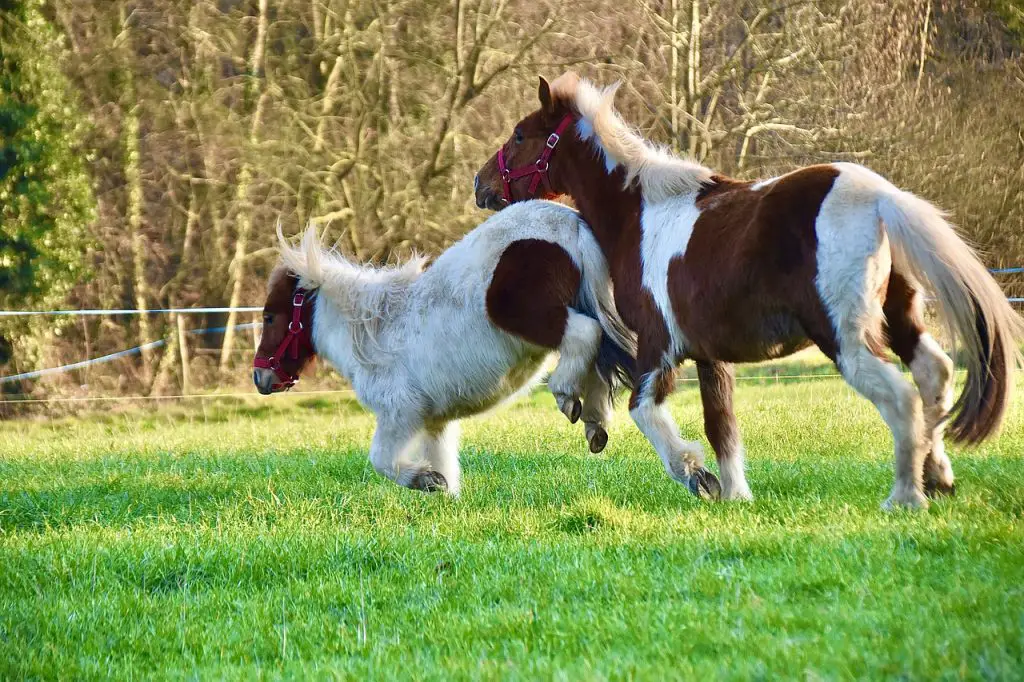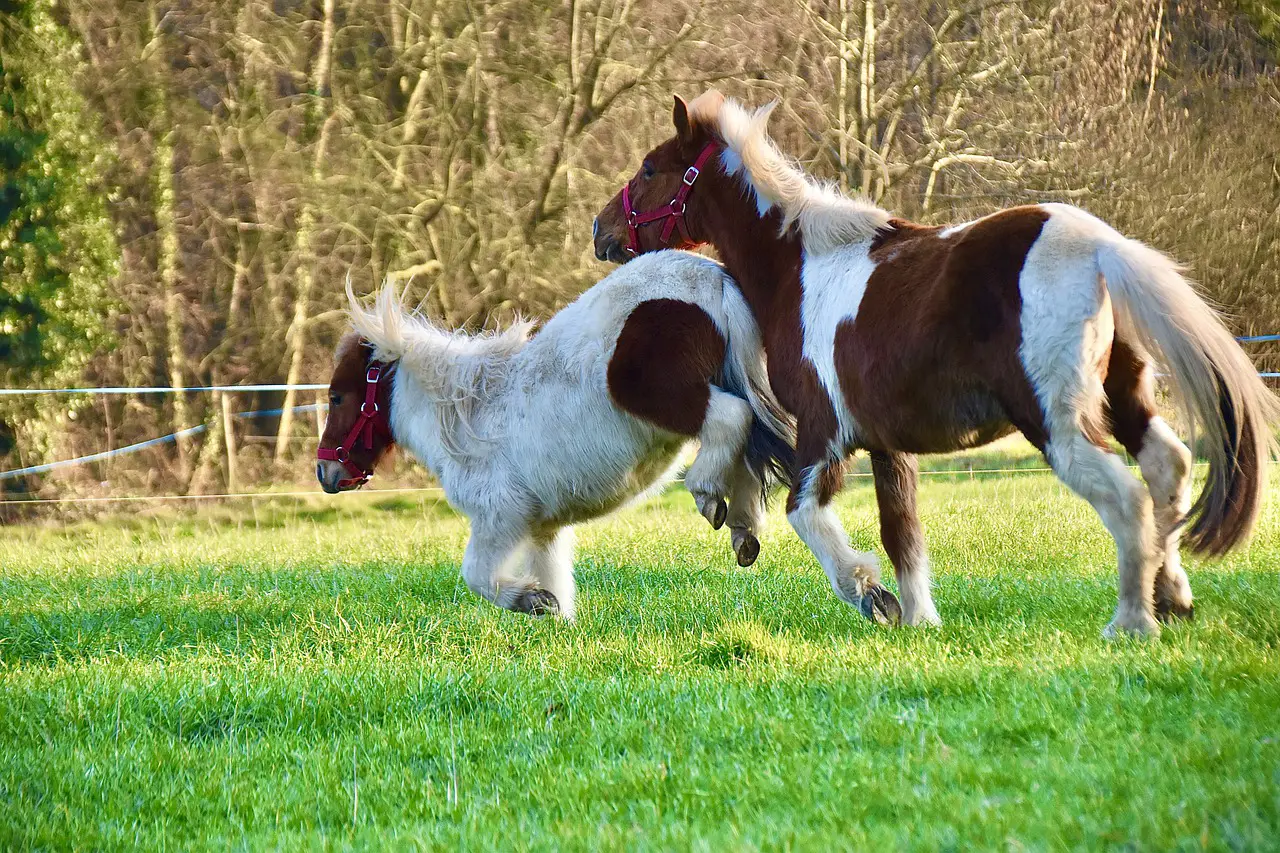Last Updated on February 21, 2022 by Allison Price
Understanding why horses kick is important. This knowledge can be used to help horses stop kicking. Horses are prey animals. They have been using a hierarchy system of herds for survival of the fittest for thousands of years. Horse herds were created to protect against predators. Natural leaders take over when there are several horses. This is similar to what happens when large groups of people are together. This leadership has three goals: to manage social interaction, reduce conflict and alert the herd of dangers.
Legs are an important survival and communication tool.
Horses respond to fear or threats with fight or flight. Horses have strong jaws that can cause severe bites. Their most important survival asset is their strong legs. To avoid being kicked , you will want to use certain techniques. Horse kicks can cause bruises, deep cuts, broken bones and even death. Horses can also kick to communicate their mental and physical state. You can be sure that your horse is trying to communicate something by kicking or threatening a kick.
When do horses kick?
Mares Teach Their Foals
From the moment they are able to stand and nurse, foals learn how to use their legs. The mare will gently move her foal away if her foal becomes too aggressive or pushy when she nurses. The mare communicates with the foal that this is unacceptable behavior. “Move away from me.”
Domesticated horses often have their human companions to help them at weaning. Wild horses must wean their foals themselves. The gentle nudge can become more aggressive but not enough to cause serious injury.
Young Horses Playing
We often see young horses kicking and rearing each other in what appears to be play acting. This is a crucial part of teaching and practicing their survival mechanism.
Hierarchy of the Herd:
Equine herd hierarchy can be described by the phrase “fighting tooth-and-nine to get to top”. What makes a horse want the top? They have the best access to water and food, as well as the most shelter or shade trees. These are all essential for survival.
You might have heard the expression “Boss Mare”

How to Teach Horses to Stop Kicking
You may need assistance
It is almost impossible to get horses to stop kicking in every situation. It is possible to train a horse not to kick. A professional horse trainer is recommended if you have an aggressive, chronic kicker. These legs can be deadly.
Kicking can be done with all four legs
Horses can kick using all four legs. Most often, we refer to kicking with the hind legs. All four legs can be used for some form of kick. The hind legs can kick sideways, forward, or backward. To strike forward and stomp, the front feet are used. This article will be about the hind legs.
Violence is not the answer
A kick can cause a horse to have a negative reaction (e.g. Slapping or kicking back will not make the horse stop kicking. Violence is not the solution. Although violence may be our first instinct, we horsemen must learn to curb this tendency.
Notes from Mares and Athletic Coaches
The mare told her foal that it was bad behavior and she wanted to move on. This theory is used by all athletic coaches worldwide. They are instructed to do drills if the athlete is exhibiting bad behavior or has a negative attitude. This is the same training method used to teach horses to not kick.
Move Your Feet
To teach a horse not to kick, you must first show him respect for you and your place in the hierarchy. You are not a horse. But, to the horse, you are still part his herd.
What you will need
A round pen is needed where your horse can run free and you can ask him to work on the rail. You will need a large enclosure so that you can reach the back legs of your horse if he kicks out. However, you should still be able to communicate with the horse using a lunge whip.
Rubbing the hips and legs
Use a short rope to hold your horse’s head. Don’t wrap your fingers around the harness! Use the long lunge whip to gently rub your horse’s leg and hips. This can also be done with a flag-covered stick.
Stay with him if he walks off, and never stop the rubbing. If he kicks off and jerks away let him go. Then ask him to run along the rail.
After several rounds of the circle, ask your horse to come face-to-face with you. You can continue the rubbing by walking up to the horse and grabbing the lead.
This lesson is a return to basic ground exercise. This method is effective even though it may seem counterintuitive. It will become easier for the horse to rub your feet than it is to move his feet.
Once the horse allows you to rub with the stick with your hands, continue rubbing with your fingers. Keep your hips close to the hip and to the side. Horses can kick sideways. If the horse kicks, you can repeat the rail work process and do it again.
Taking the Feet Up
After you have mastered the ability to move your hands along the legs, it is time to pick up the feet. Begin by wrapping a long rope around your foot. Standing at the horse’s neck, pull the foot forward with the rope. You can hold the foot with the rope up until the horse stops.
The horse should realize that kicks do not have a desired effect. If the horse is unable to hold onto the rope, you can go back to the rail and do another lap. This process can take several sessions depending on how kicker your horse may be.
Final Thoughts
Horses react to fear and aggression by exhibiting a flight or fight instinct. This is why horses kick. To establish their place in the hierarchy, they also kick. You can teach horses that kicking is unacceptable behavior. However, this will not result in the desired results. This can require several training sessions.
Horses are taught from the moment they are foals how to move their feet. This is why the round pen method works. If you have an aggressive or chronic kicker, seek professional training!



